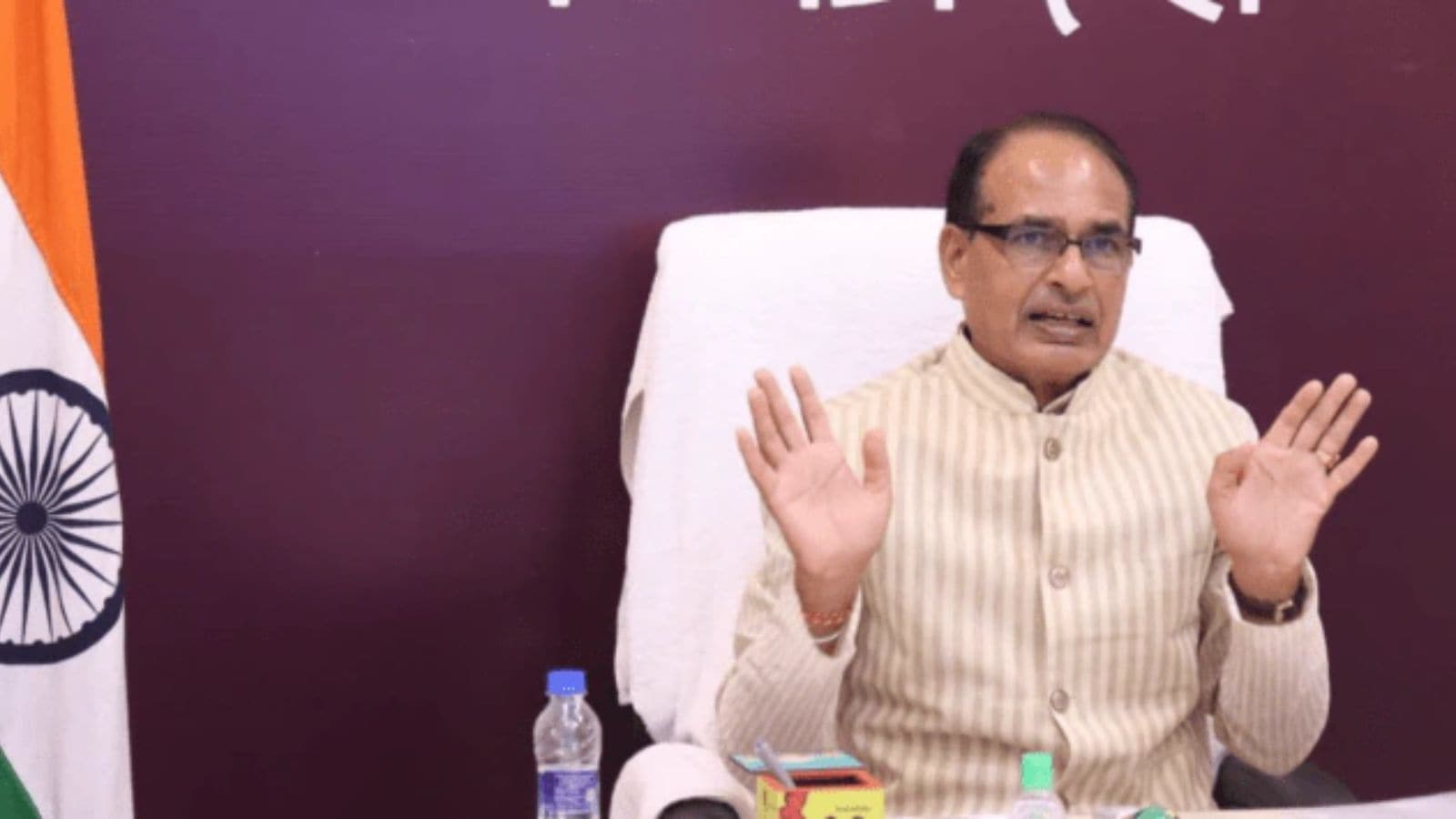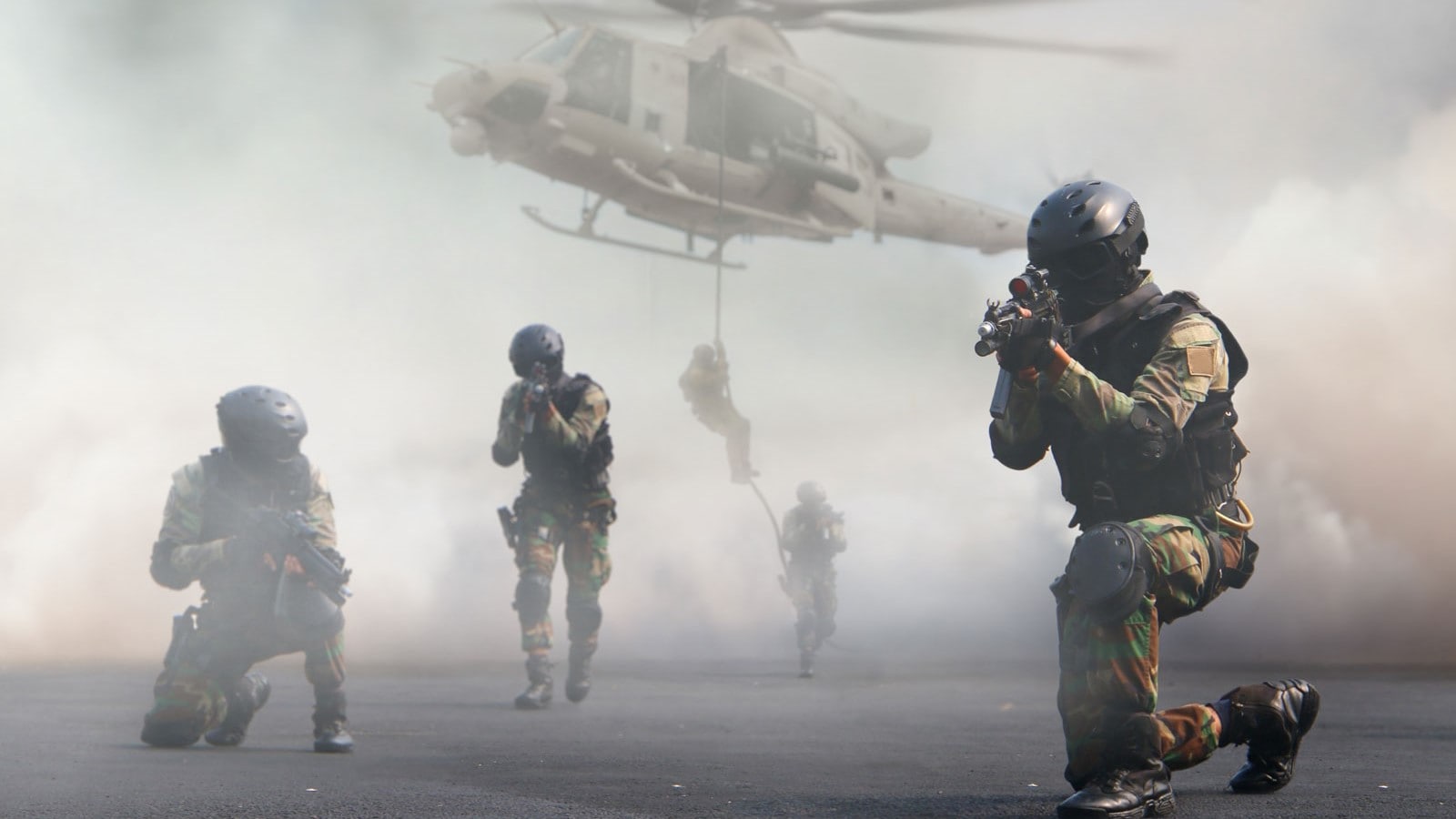ARTICLE AD BOX
Last Updated:May 30, 2025, 11:37 IST
India has reached a historic benchmark in defence manufacturing, with total production in FY25 climbing to Rs 1.46 trillion.

BRAHMOS and other mechanised columns rolling down the Rajpath during a Republic Day Parade in New Delhi. (PTI Photo)
Record-breaking production, strategic foresight, global recognition of indigenous weaponry, and women power – India’s defence sector is witnessing its golden period. Every milestone is pushing the country towards becoming a self-reliant and export-capable military power, with long-term projections indicating robust growth and modernisation.
India has reached a historic benchmark in defence manufacturing, with total production in FY25 climbing to Rs 1.46 trillion. This is an almost 15 per cent jump from the previous record of Rs 1.27 trillion in FY24, Defence Minister Rajnath Singh said on Thursday. He added that defence exports, too, hit a record high in the previous financial year, crossing Rs 24,000 crore, up by nearly 14 per cent from Rs 21,083 crore in FY24.
This accomplishment marks a clear shift towards greater self-reliance in defence, with both public and private sectors contributing significantly. The growth has been fueled by initiatives like Aatmanirbhar Bharat, aimed at strengthening domestic capabilities and reducing dependence on foreign imports. State-run enterprises, private manufacturers, and innovative defence startups have all played a role in delivering advanced systems — ranging from tactical missiles and electronic warfare platforms to next-generation combat vehicles.
The expansion of the indigenous defence industry is now seen as not only vital to national security but also a key pillar of India’s economic and technological progress.
Vision 2047: Defence Spending Projected to Reach Rs 32 Trillion
Looking ahead, India’s defence expenditure could rise significantly, with projections suggesting a possible increase to Rs 32 trillion by the centenary of Independence in 2047. This estimate, presented in a joint report by the Confederation of Indian Industry (CII) and KPMG, emphasises the need for long-term strategic planning.
The anticipated growth in defence spending reflects India’s intent to modernise its armed forces, adopt emerging technologies, and expand its global role. Key priorities include overhauling aging platforms, investing in cyber and space defence, and developing indigenous innovation in areas such as AI, drones, and advanced surveillance systems.
The report – “Atmanirbhar, Agrani, and Atulya Bharat 2047" – envisions India becoming one of the top defence exporters globally, powered by a robust local ecosystem and strong public-private collaboration.
By 2038, the report sees India becoming one of the top-five global exporters of high-quality defence equipment and technology by expanding international partnerships, meeting global standards, and vigorously promoting defence products in international markets.
Boost in Defence Exports After Operation Sindoor
India’s defence exports are poised for accelerated growth following the success of Operation Sindoor, India’s precision strikes on terror sites in Pakistan – that showcased the effectiveness of locally developed weaponry. According to DRDO Chairman Dr Samir V Kamat, international interest in Indian defence products has increased substantially due to the systems’ demonstrated reliability in realistic operational settings.
What sets Indian systems apart, he noted, is that they are now “battle-tested", a term that adds considerable value in the international arms market. Speaking to reporters at the CII Annual Business Summit 2025, Kamat said countries across Africa, Southeast Asia, and even Europe are exploring Indian alternatives that offer cost-effective, proven performance.
India’s defence exports have already seen significant growth in the last decade, with the momentum only expected to rise thanks to increasing global demand for dependable, affordable military equipment.
Operation Sindoor: Indian Weapons Outperform Chinese Systems
A key takeaway from Operation Sindoor was the clear advantage shown by Indian-made weapons over Chinese counterparts, experts have said. The exercise featured systems such as the Akash missile, Pinaka rocket launchers, and domestically built combat helicopters—all of which excelled in precision, speed, and adaptability.
Analysts observed that Indian platforms performed better in terms of real-time responsiveness and logistical efficiency. Their modular design, ease of deployment, and interoperability gave them an edge—especially when compared to bulkier and less reliable Chinese systems.
These outcomes have elevated the global profile of Indian defence products, making them strong contenders in competitive defence deals and joint development ventures.
In his detailed analysis – titled India’s Operation Sindoor: A Battlefield Verdict on Chinese Weapons—And India’s Victory – defence expert John Spencer described India’s military response to the 22 April terror attack in Pahalgam as not merely retaliatory, but as a strategic stress test of India’s defence ecosystem, and a moment of reckoning for Chinese military exports.
“India fought as a sovereign power—wielding precision tools it designed, built, and deployed with unmatched battlefield control," he wrote. “Pakistan fought as a proxy force, dependent on Chinese hardware that was built for export, not for excellence," he added.
According to Spencer, the defining feature of India’s success in Operation Sindoor was not just military precision—it was total control over the tools of war. A decade of strategic investment under Make in India and Atmanirbhar Bharat had, he wrote, materialised into a self-sufficient, combat-ready arsenal.
Women Break Barriers at NDA
Women are making their mark in this defence history that India is scripting. In a groundbreaking step for gender equality in India’s armed forces, 17 women cadets have graduated from the National Defence Academy (NDA) for the first time in history. The passing out parade on May 30, 2025, marked a major milestone in integrating women into core military roles.
These cadets, having undergone the same rigorous training as their male peers, are now set to join the Army, Navy, and Air Force. Their commissioning represents a broader shift in the Indian military’s approach to inclusion and reflects a commitment to gender parity in leadership and operational roles.
This move aligns India with progressive defence practices worldwide and signals a future where competence, not gender, defines a soldier’s role.
The developments across India’s defence ecosystem point to a powerful narrative of growth, self-sufficiency, and global ambition. Record production levels, strategic foresight in budgeting, rising exports, and institutional inclusivity are converging to redefine India’s defence identity.
More than just statistics or headlines, these advancements represent a fundamental shift in how India approaches national security. With a clear vision and a strong foundation, India is not just preparing for tomorrow’s battles — it’s building a sustainable and sovereign defence future.
- Location :
- First Published:
News india India’s Shining Defence Sector: Production At Record High, Exports Poised To Grow After Op Sindoor



.png)
.png)
.png)
















 1 week ago
8
1 week ago
8









 English (US) ·
English (US) ·